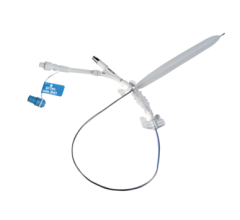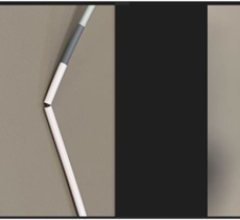December 6, 2007 – Patients treated with a rotablator drill less risk of perforation than those treated with the excimer laser face, according to an article in the Journal of Interventional Cardiology, researchers from the University of California , Davis Medical Center review state-of-the-art treatment for vessel punctures.
Catheters outfitted with balloons, lasers and miniature drills have made the treatment of blocked arteries virtually routine. Now physicians are using the same technology used to open clogged arteries to repair ruptures and perforations with less risk.
In the review, the authors describe several types of balloons, stents and coils. They urge physicians who perform angioplasty to become familiar with the supplies they stock in order to be prepared for an emergency. According to the researchers, an estimated 0.1 percent of patients undergoing balloon angioplasty, which uses an inflatable balloon to widen arteries, suffer a perforation during the procedure. Patients treated with a rotablator drill have a 1.3 percent risk of perforation, while those treated with the excimer laser face a 1.9 percent risk. Balloon, drill, and laser are all attached to a catheter inserted through a small incision in the arm or groin and snaked through an artery to the blockage.
“Rupture or perforation of a blood vessel during angioplasty can result in life-threatening bleeding,” said lead author John Laird, M.D. “This review provides doctors with a summary of equipment and techniques that will enhance their ability to treat such complications.”
Following a puncture, Laird and his colleagues first recommend inflating a balloon at the site to stem the bleeding. Then they suggest inserting embolization coils or a flexible tube called a stent graft to repair the vessel. Treatment also involves drug therapy to promote clotting.
Source: Journal of Interventional Cardiology (JIC)
For more information: www.invasivecardiology.com


 June 13, 2024
June 13, 2024 









